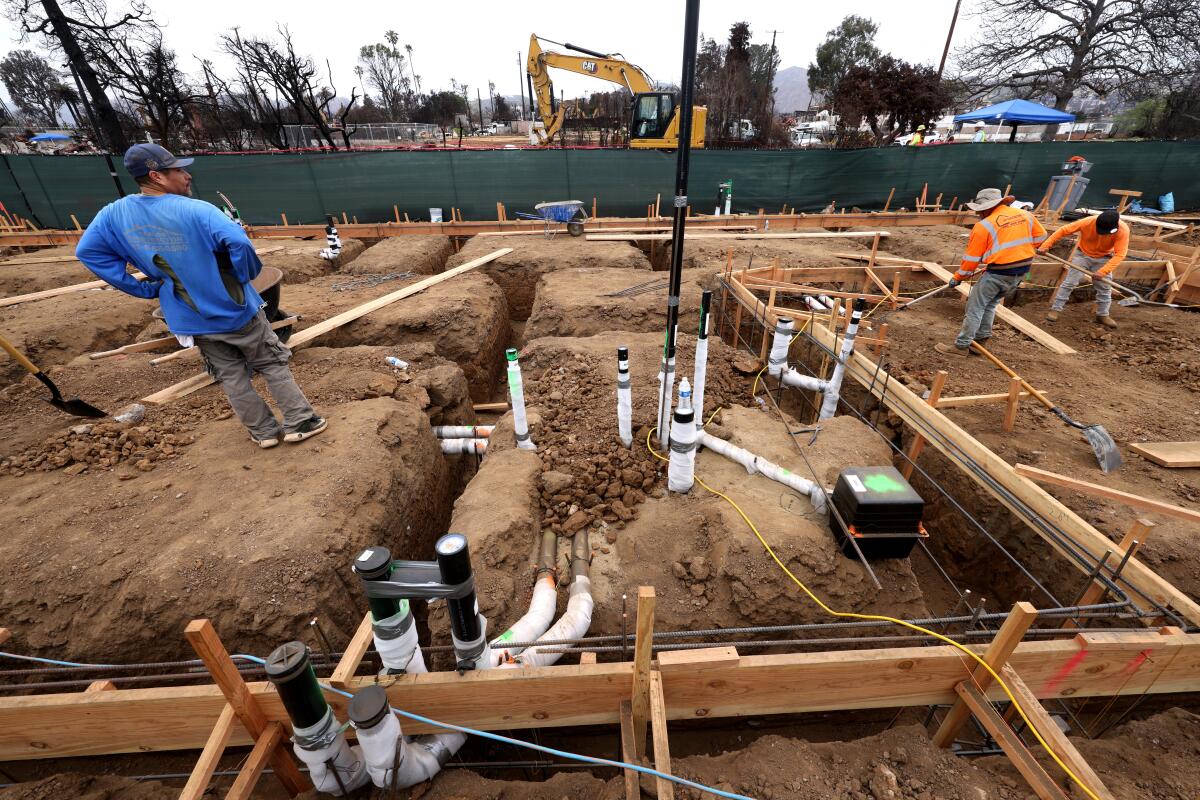Escalating Conflict: Russia-Ukraine War Intensifies Amidst Diplomatic Tensions
Sunday, April 6, 2025 – As the Russia-Ukraine war enters its 1,137th day, fierce fighting continues across multiple regions, accompanied by heightened political and diplomatic maneuvering. The conflict’s trajectory raises concerns for U.S. policymakers and citizens alike, demanding a complete understanding of the evolving situation.
Military Engagements and Strategic Implications
On April 6, 2025, the war witnessed a surge in military activity, underscoring the conflict’s volatility. Russian forces launched air attacks on several Ukrainian regions, while Ukraine retaliated with drone strikes targeting Russian territory. These actions not onyl inflict immediate damage but also carry meaningful strategic implications.
Russian Air Attacks Target Mykolaiv, Kyiv
According to Ukrainian officials, a russian air attack on Mykolaiv wounded three women and ignited several fires, damaging homes. Mykolaiv Governor Vitaliy kim reported these details via Telegram. Simultaneously, Kyiv faced overnight air assaults, with Ukrainian air defense forces actively engaged in repelling the attack.
These attacks highlight Russia’s continued efforts to degrade Ukrainian infrastructure and exert pressure on civilian populations. For U.S. readers, this mirrors historical patterns of conflict where civilian targets become strategic objectives, reminiscent of the Blitz during World War II or, more recently, concerns about infrastructure vulnerabilities within the U.S. itself.
Ukraine Claims Downing Russian Drones
The day before, on saturday, April 5, the Ukrainian Air Force claimed to have downed 51 of 92 drones launched by Russian forces. While such claims are arduous to independently verify,the scale of the alleged interception suggests a growing sophistication in Ukraine’s air defense capabilities.
This growth is notably relevant to the U.S., which has been a key provider of military aid to ukraine. The effectiveness of these systems in real-world combat scenarios provides valuable data for U.S. defense strategists, perhaps influencing future military aid packages and defense strategies.
Accusations of attacks on energy Infrastructure
Russia’s Ministry of Defense has accused Ukraine of escalating attacks on Russian energy infrastructure, citing regions such as Bryansk, Belgorod, Smolensk, Lipetsk, and Voronezh. These accusations come despite a purported United States-brokered moratorium on such attacks. Ukraine has dismissed these claims as “fake.”
This accusation carries significant weight. Attacks on critical infrastructure, whether in Ukraine or Russia, can have far-reaching consequences, including energy shortages, economic disruption, and humanitarian crises. The U.S. has experienced similar vulnerabilities, as evidenced by recent cyberattacks on pipelines and power grids, making this aspect of the conflict particularly resonant for American audiences.
| Region | Reported Incident | Potential Impact |
|---|---|---|
| Bryansk | Alleged Ukrainian attacks on energy infrastructure | Disruption of energy supply, potential economic damage |
| Belgorod | Alleged Ukrainian attacks on energy infrastructure | Disruption of energy supply, potential economic damage |
| Smolensk | Alleged Ukrainian attacks on energy infrastructure | Disruption of energy supply, potential economic damage |
| Lipetsk | Alleged Ukrainian attacks on energy infrastructure | Disruption of energy supply, potential economic damage |
| Voronezh | Alleged Ukrainian attacks on energy infrastructure | Disruption of energy supply, potential economic damage |
Ukrainian Drone Strike in Samara Region
Conversely, Ukrainian drones reportedly struck an explosive production facility in Russia’s Samara region, resulting in multiple explosions and fires, according to a Reuters report citing a source in Ukraine’s security service. This suggests a Ukrainian strategy of targeting key Russian military assets to weaken their capacity to wage war.
for the U.S., this highlights the evolving nature of modern warfare, where drones and other unmanned systems play an increasingly important role. the effectiveness of these strikes raises questions about the vulnerability of critical infrastructure to drone attacks, a concern that resonates with U.S. security officials as well.
Diplomatic Front: Disappointment and Progress
Beyond the battlefield, the diplomatic arena remains a critical theater in the Russia-Ukraine war. Recent developments reveal both tensions and potential breakthroughs in the search for a resolution.
Zelenskyy’s Criticism of US Embassy’s Response
Ukrainian President Volodymyr Zelenskyy voiced his disappointment with the U.S.Embassy’s “weak reaction” to a Russian missile strike on Kryvyi Rih that killed 18 people, including nine children. He noted that the U.S. condemnation of the attack made no reference to Russia.
Zelenskyy’s remarks underscore the pressure Ukraine faces to maintain international support. For the U.S., this highlights the delicate balance between providing aid and avoiding direct confrontation with Russia. The perceived weakness of the U.S.response could embolden Russia and undermine international efforts to hold it accountable for its actions.
Zelenskyy voiced his disappointment with the U.S. Embassy’s “weak reaction”
Potential Multinational Peacekeeping Force
On a more positive note, Zelenskyy hailed “tangible progress” after meeting with British and French military chiefs in Kyiv to discuss the potential deployment of a multinational peacekeeping force to Ukraine.
The deployment of a peacekeeping force could represent a significant step towards de-escalation and a negotiated settlement. Though, it also raises complex questions about the mandate, composition, and rules of engagement of such a force. The involvement of British and French forces suggests a potential European-led initiative, but U.S. support, both diplomatic and logistical, would likely be crucial for its success. A U.S. parallel could be drawn to the peacekeeping operations in the Balkans during the 1990s, where U.S.involvement was essential for maintaining stability.
| Nation | Potential Role | Implications |
|---|---|---|
| United Kingdom | Troop contribution, logistical support | Increased involvement in European security |
| France | Troop contribution, diplomatic influence | Reinforced commitment to european defense |
| United States | Logistical support, diplomatic backing, financial aid | Continued leadership in international security efforts |
Fresh Insights and Analysis
The intensification of attacks on energy infrastructure by both sides signals a potential shift in strategy toward targeting civilian resources, a move that could further destabilize the region and exacerbate the humanitarian crisis. The alleged moratorium, seemingly ineffective, underscores the urgent need for a renewed diplomatic push to enforce agreements and prevent further escalation.
Moreover, Zelenskyy’s public criticism of the U.S. response, while diplomatically sensitive, highlights the urgency from the Ukrainian perspective and the need for the U.S.to clearly articulate its commitment and strategy. A failure to do so could foster distrust and weaken the resolve of allies. For U.S. policymakers, this calls for a reassessment of interaction strategies and a reaffirmation of support for Ukraine’s sovereignty.
Addressing Potential Counterarguments
Some analysts argue that providing more advanced weaponry to ukraine could lead to an escalation of the conflict. However, others maintain that providing Ukraine with the means to defend itself effectively is the best way to deter further Russian aggression and ultimately bring the conflict to a negotiated end. This debate reflects the complex calculations involved in calibrating U.S. policy towards the region.







